Factors to Consider When Choosing Workout Sneakers
When it comes to choosing the right workout sneakers, there are several important factors to consider. These factors can greatly impact your comfort, performance, and overall safety during exercise.
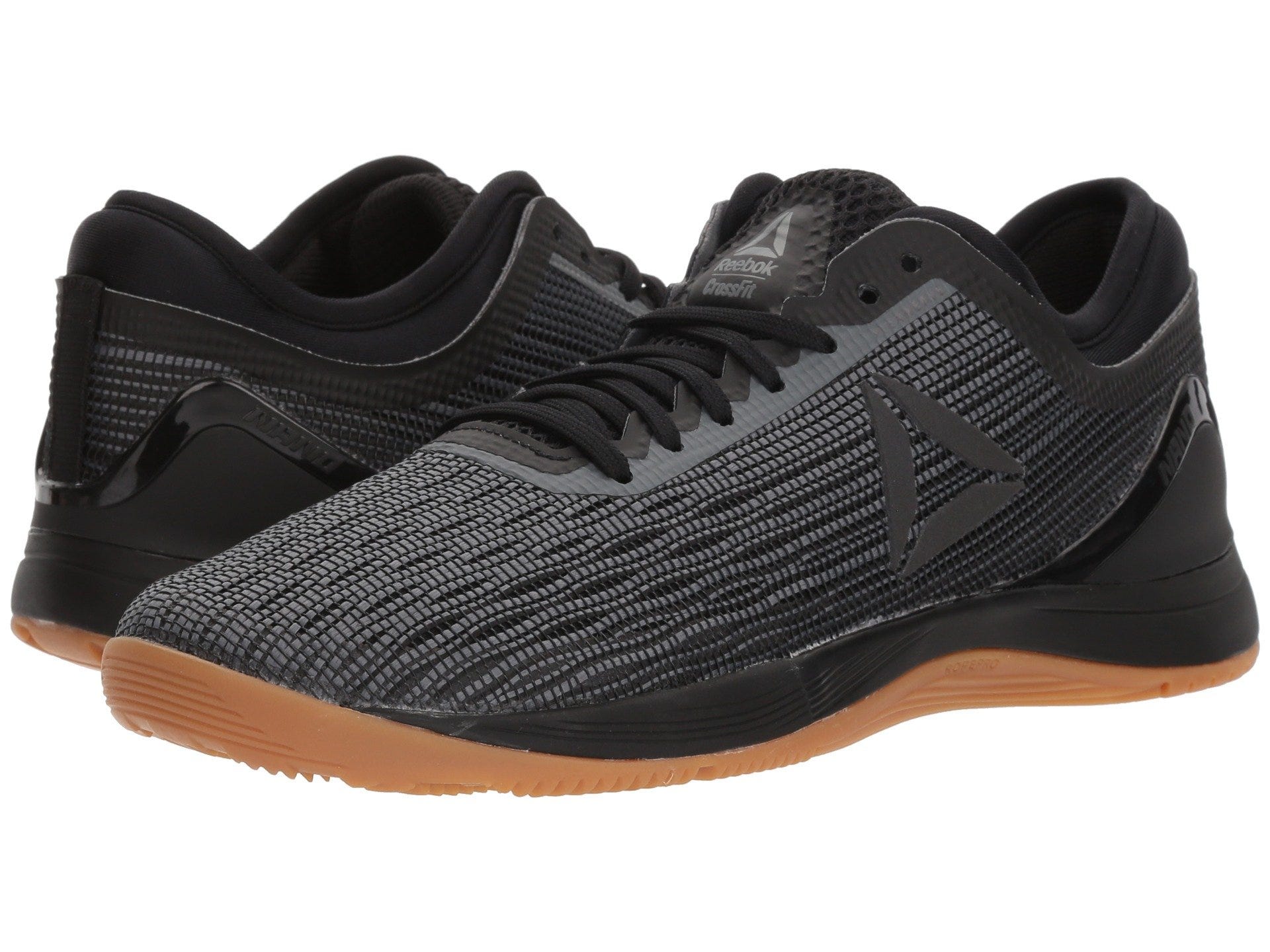
A. Foot Type and Arch Support
Understanding your foot type is crucial when selecting workout sneakers. Whether you have high arches, flat feet, or a neutral arch, it’s important to choose sneakers that provide adequate arch support. This helps to prevent conditions like plantar fasciitis and provides stability and balance during workouts.
B. Shoe Fit and Size
Ensuring that your workout sneakers fit properly is essential. Ill-fitting shoes can lead to blisters, discomfort, and even injuries. It’s important to measure your feet regularly and try on sneakers before purchasing them. Look for a snug fit with enough room for your toes to wiggle.
C. Cushioning and Impact Absorption
The level of cushioning in workout sneakers is important, especially if you engage in high-impact activities like running or jumping. Proper cushioning reduces the risk of joint and muscle injuries by absorbing the impact of each step or movement.
D. Stability and Support
For activities that involve lateral movements or quick changes in direction, such as tennis or basketball, stability and support are crucial. Look for sneakers with reinforced side panels, sturdy outsoles, and ankle support to prevent injuries and provide stability during dynamic movements.
E. Durability and Traction
Workout sneakers should be durable enough to withstand the demands of your chosen activities. Look for well-constructed shoes made from high-quality materials that can withstand the wear and tear of regular workouts. Additionally, consider the traction of the outsole to ensure a secure grip on various surfaces, especially if you participate in outdoor activities.
Top Workout Sneakers for Cardio Exercises
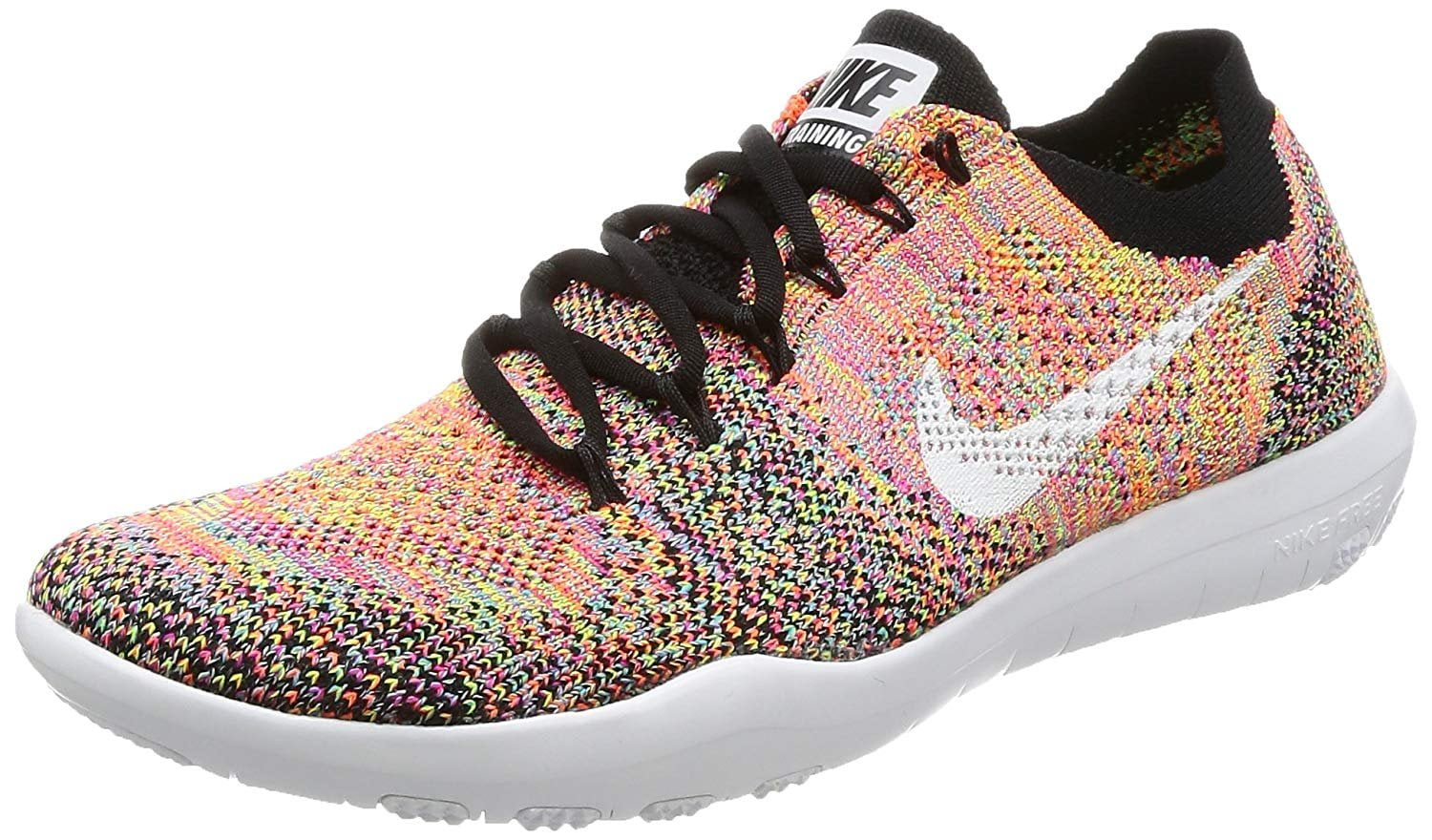
Now that we’ve discussed the important factors to consider when choosing workout sneakers let’s explore the top sneakers for different types of cardio exercises:
A. Lightweight Sneakers for High-Intensity Interval Training (HIIT)
HIIT workouts involve quick-paced, explosive movements. Lightweight sneakers with minimal cushioning and a flexible sole are ideal for these types of exercises. They allow for freedom of movement and agility while providing enough support and stability.
B. Cushioned Sneakers for Running and Jogging
Running and jogging put significant stress on your joints and muscles. Therefore, it’s crucial to choose sneakers with ample cushioning to absorb impact. Look for running-specific sneakers with responsive midsoles and adequate heel support for a comfortable and injury-free running experience.
C. Cross-Trainers for Versatility in Cardio Workouts
If you participate in a variety of cardio exercises such as aerobics, dance classes, or circuit training, cross-trainers are a great option. These sneakers offer a balance of cushioning, support, and flexibility, making them suitable for a wide range of activities.
D. Breathable Sneakers for Indoor Cycling
Indoor cycling workouts can be intense and sweaty. Choosing breathable sneakers with mesh uppers allows for optimal airflow and ventilation, keeping your feet dry and comfortable during these high-intensity workouts.
E. Supportive Sneakers for Aerobic Dance Classes
Aerobic dance classes involve a combination of dance moves and cardio exercises. To ensure stability and support during these dynamic workouts, opt for sneakers with a supportive upper and cushioned midsole. Look for shoes specifically designed for dance fitness or high-impact aerobics.
![The Best Workout Shoes for Women [For Every Workout]](https://tonsofgoodness.com/wp-content/uploads/2020/10/workout-shoes1-1536x864.jpg)
Top Workout Sneakers for Group Fitness Classes
Group fitness classes offer a variety of exercises that require specific footwear to optimize performance and prevent injuries. Here are some top workout sneakers for different types of group fitness classes:
A. Flexible Sneakers for Yoga and Pilates
Yoga and Pilates classes focus on flexibility, balance, and core strength. For these low-impact activities, lightweight and flexible sneakers with minimal cushioning are recommended. Look for shoes that provide a barefoot-like feel and a grippy outsole for traction during poses and movements.
B. Cushioned Sneakers for Zumba and Dance Fitness
Zumba and dance fitness classes involve high-energy dance routines with frequent jumps and lateral movements. Cushioned sneakers with good shock absorption are ideal to provide comfort and support during these high-impact activities. Look for shoes with responsive cushioning and a pivot point on the outsole for smooth and effortless turns.
C. Light and Supportive Sneakers for Barre Classes
Barre classes combine elements of ballet, Pilates, and strength training. Lightweight sneakers with good arch support and cushioning are recommended for these low-impact exercises. Look for shoes that allow for flexibility and stability to perform barre exercises with ease.
D. Cross-Trainers for Bootcamp and Total Body Conditioning
Bootcamp and total body conditioning classes involve a mix of cardio, strength, and agility exercises. Versatile cross-trainer sneakers are ideal for these dynamic workouts. Look for shoes with a combination of cushioning, stability, and support to handle the varied movements and intensity of these classes.
E. Breathable Sneakers for Kickboxing and Martial Arts
Kickboxing and martial arts classes require quick footwork, agility, and stability. Breathable sneakers with a lightweight and flexible design are essential to optimize performance and prevent overheating. Look for shoes with reinforced toe guards and a non-slip outsole for added durability and grip.
Maintenance and Care Tips for Workout Sneakers
To keep your workout sneakers in optimal condition and extend their lifespan, it’s important to follow proper maintenance and care practices. Here are some useful tips to help you keep your sneakers clean, fresh, and in good shape:
A. Cleaning and Deodorizing Techniques
Regular cleaning is essential to remove dirt, sweat, and odor from your workout sneakers. Start by removing any loose dirt or debris with a soft brush or cloth. Then, create a solution of mild soap or detergent mixed with warm water. Use a sponge or cloth to gently scrub the sneakers, paying attention to areas that are particularly dirty. Rinse with clean water and allow them to air dry thoroughly. Avoid using harsh chemicals or abrasive cleaning methods as they can damage the materials of your sneakers.
To tackle odor, sprinkle baking soda inside your sneakers and let it sit overnight to absorb any unpleasant smells. Alternatively, you can use specialized shoe deodorizers or place dryer sheets inside your sneakers to keep them smelling fresh.
B. Storing and Drying Recommendations
Proper storage and drying techniques are important to maintain the shape and integrity of your workout sneakers. After each use, remove any excess moisture by wiping the sneakers with a dry cloth. Avoid storing them in damp or humid areas, as this can promote the growth of bacteria and mold. Instead, keep them in a cool, dry place with good air circulation. If your sneakers get wet, stuff them with newspaper to absorb moisture and allow them to dry naturally. Avoid using direct heat sources like radiators or hair dryers, as they can cause shrinkage or damage to the materials.
C. Proper Lacing and Fastening Methods
Ensuring that your workout sneakers are properly laced and fastened is important for comfort, stability, and injury prevention. Make sure the laces are evenly tightened to provide a secure fit without being too tight or too loose. Use the appropriate lacing technique for your foot type and activity, such as the runner’s loop or heel lock, to prevent heel slippage or discomfort.
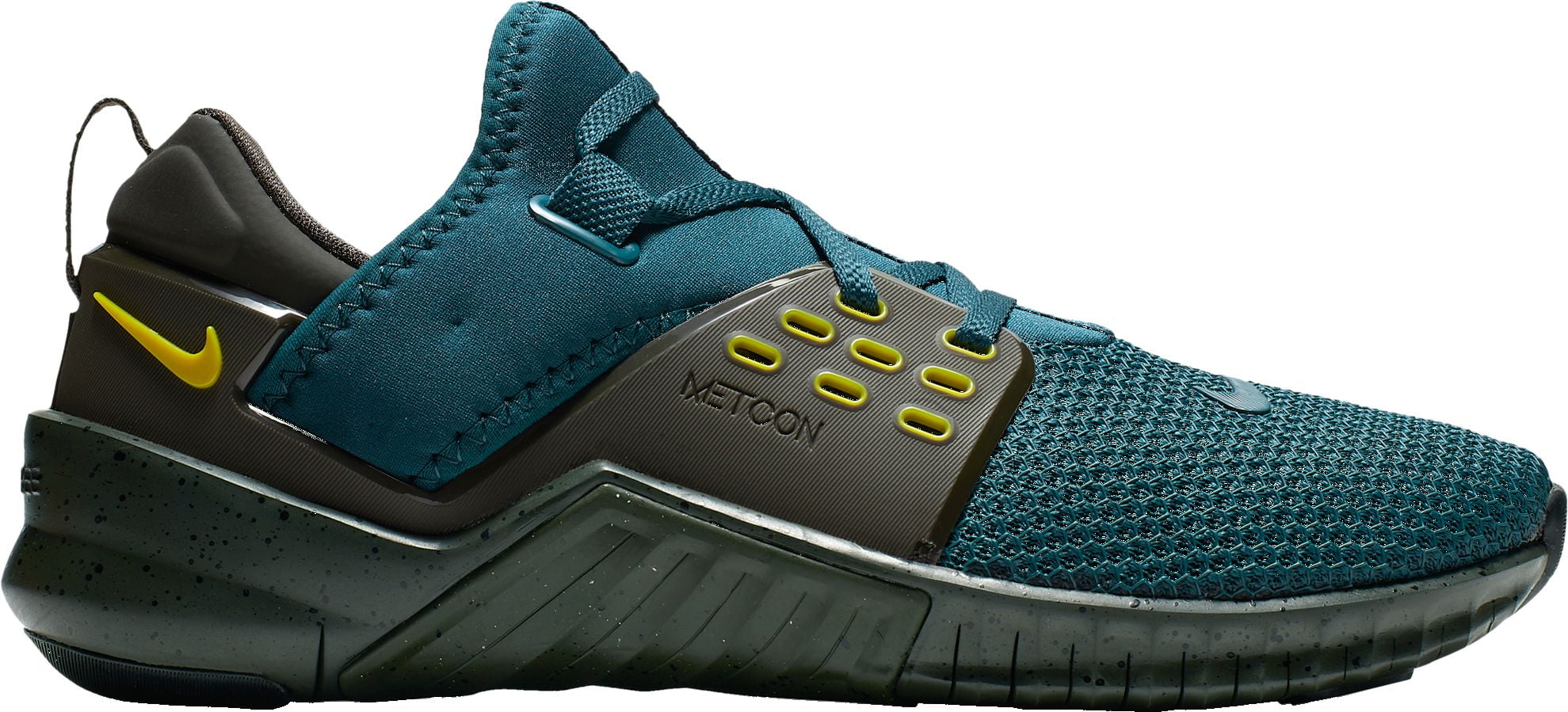
D. Monitoring Wear and Tear Signs
Regularly inspect your workout sneakers for signs of wear and tear. Check for any visible damage, such as worn-out soles, frayed stitching, or holes in the upper. Pay attention to any changes in cushioning, support, or stability, as these can indicate that your sneakers need to be replaced. Additionally, monitor any discomfort or pain during exercise, as it may be a sign that your sneakers are no longer providing adequate support.
E. Replacing Workout Sneakers: When and How
Knowing when to replace your workout sneakers is crucial to maintain optimal performance and prevent injuries. As a general guideline, consider replacing them every 6-12 months or after approximately 300-500 miles of use, depending on factors like your body weight, running style, and the intensity of your workouts. However, individual factors may vary, so it’s important to listen to your body and pay attention to any signs of discomfort or deterioration.
When replacing your workout sneakers, choose a new pair that meets your specific needs. Consider factors such as foot type, arch support, cushioning, stability, and the type of exercise you’ll be doing. Visit a specialty store and get fitted by a professional to ensure the best fit and support for your feet.

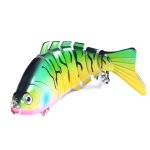

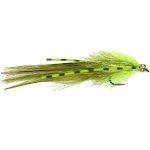
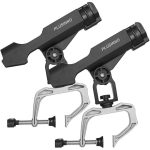

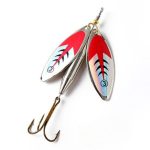

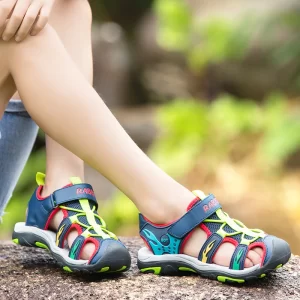
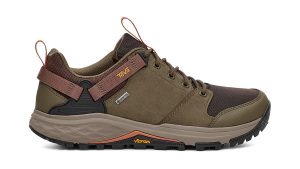
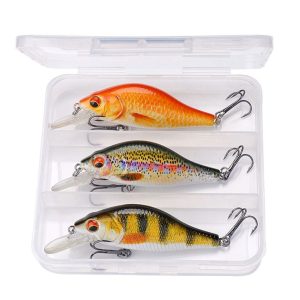
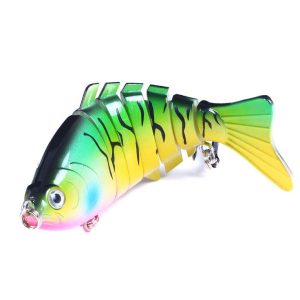

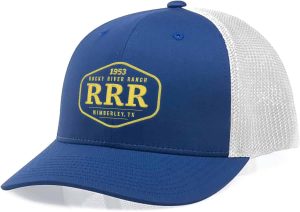

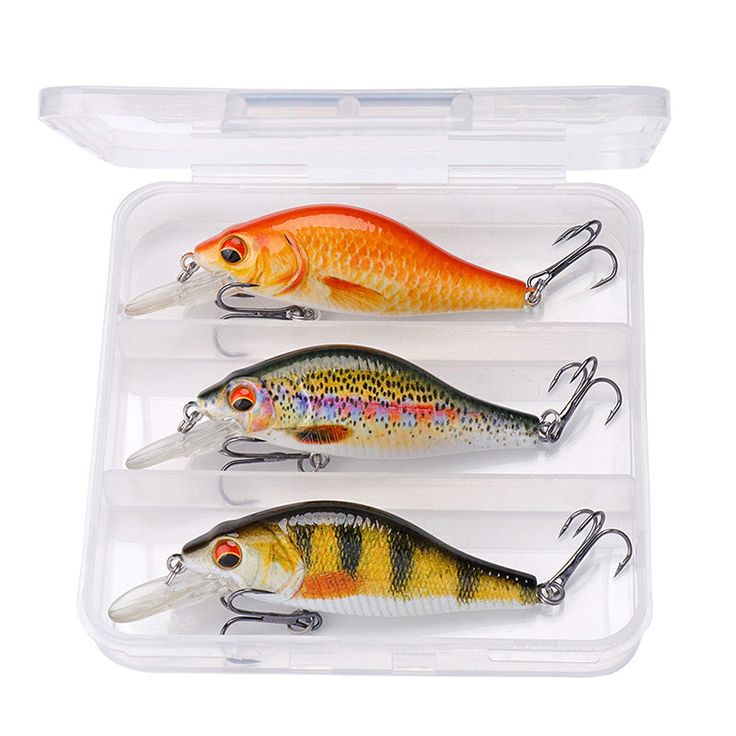

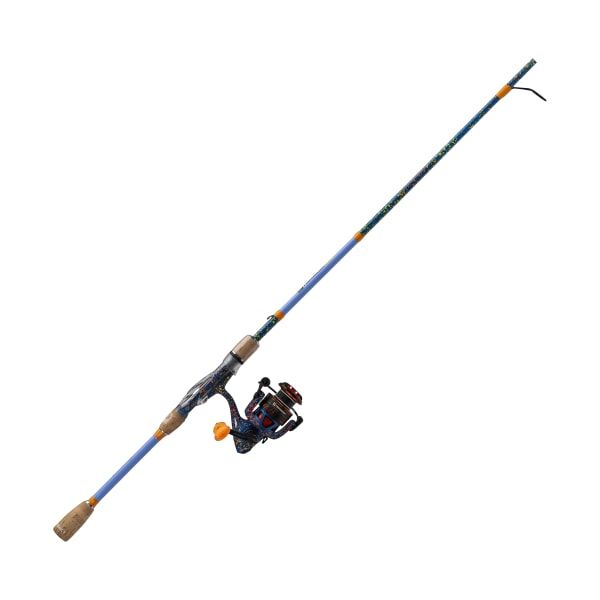
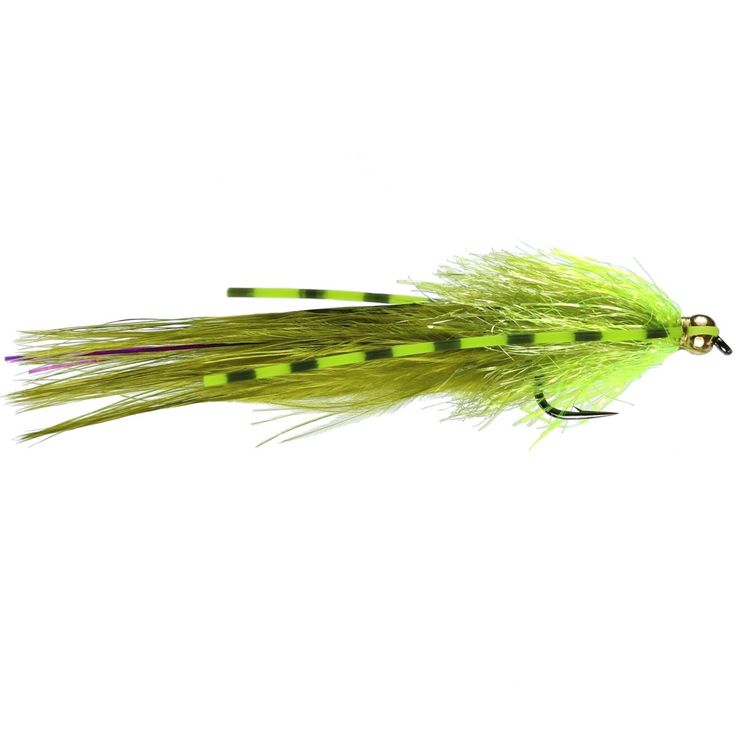
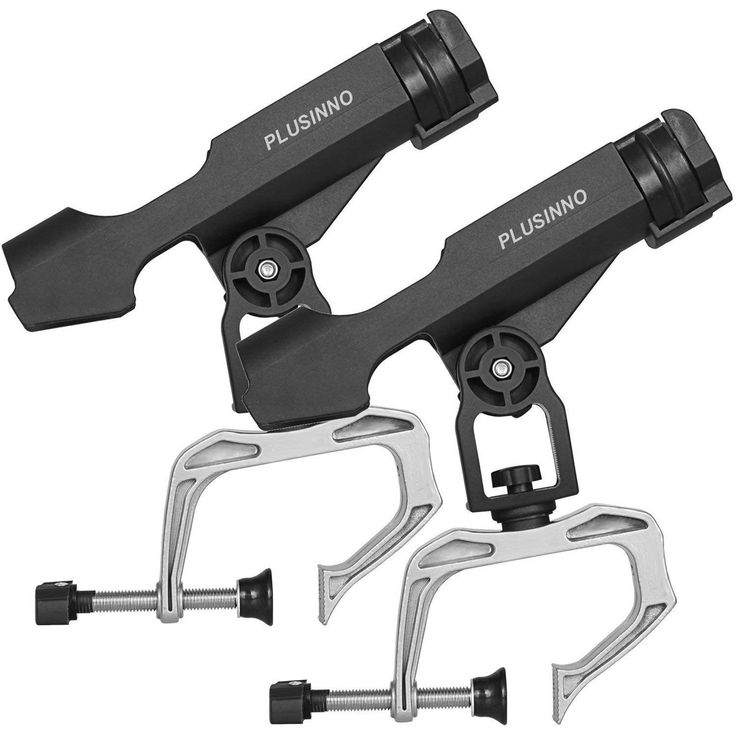
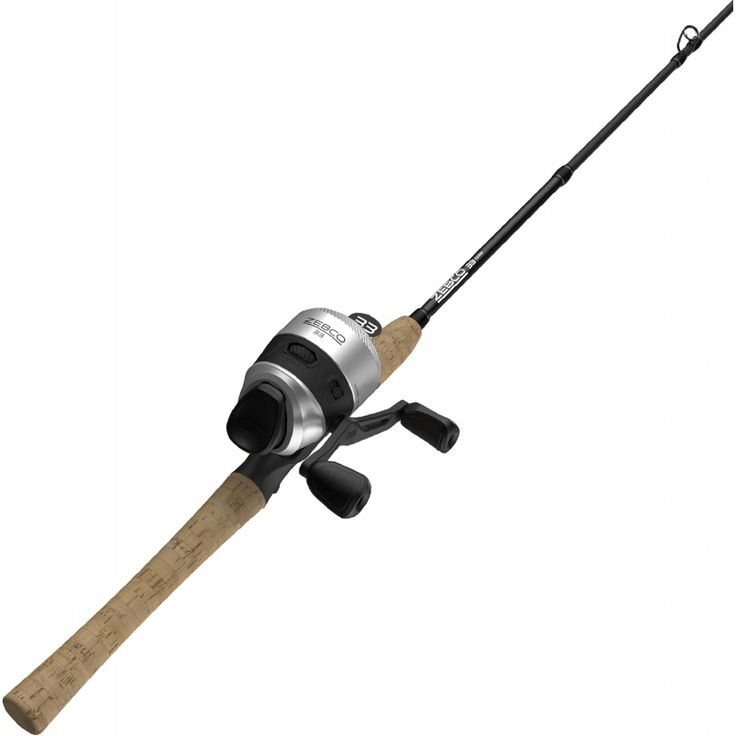
+ There are no comments
Add yours